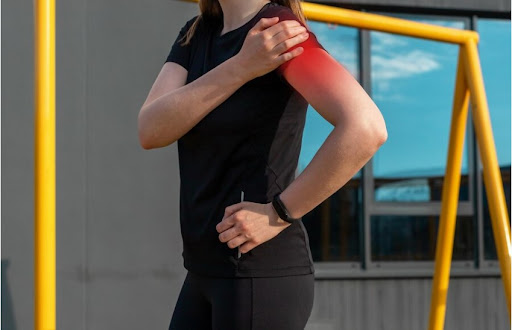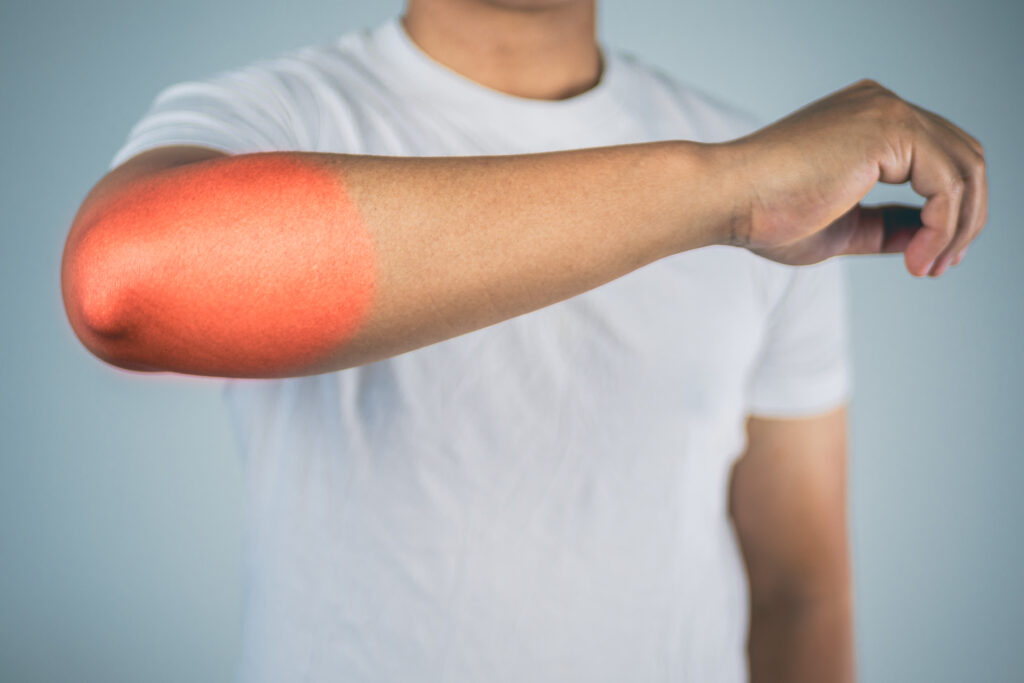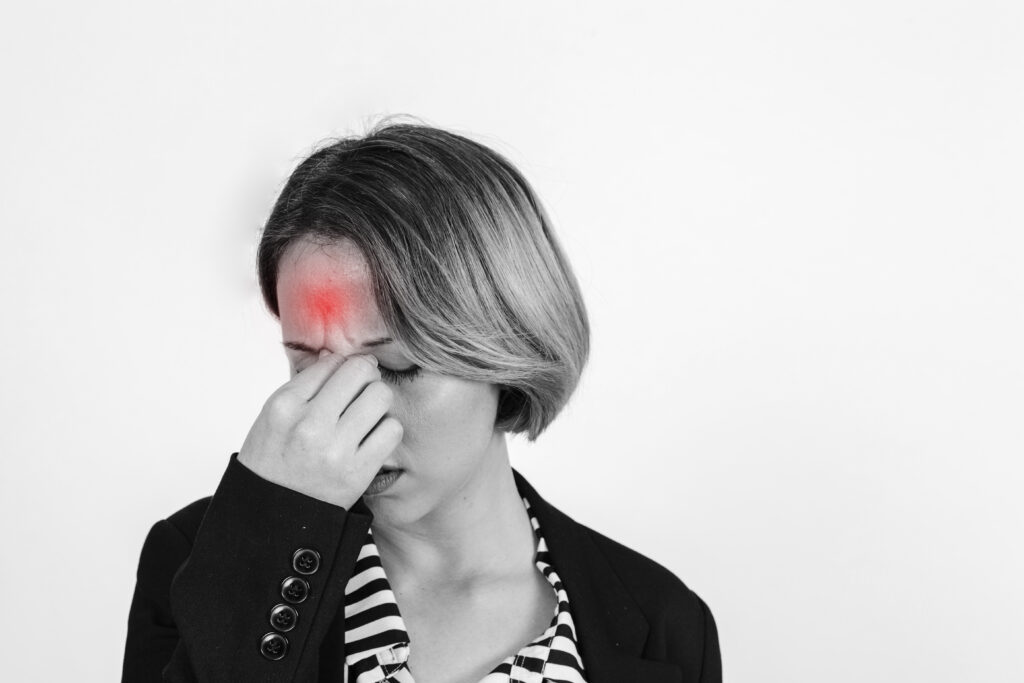As sports become more competitive and demanding, the incidence of athletic injuries, such as arm pain, is increasing. Athletes across various sports including baseball, tennis, gymnastics, and weightlifting, can suffer from arm pain. It can be a debilitating condition that hampers performance and affects their career.
Arm pain is a common complaint among athletes, both professional and amateur. It can sideline a player, limit performance, and if left untreated, lead to more serious complications.
Causes of Arm Pain in Athletes
Arm pain in athletes can originate from a multitude of factors, often related to the specific sport, the athlete’s technique, and the overall physical condition of the athlete.
- Overuse Injuries
Athletes involved in sports that require repetitive arm movements such as swimming, baseball, and tennis are particularly susceptible.
- Repeated strain/ stress on muscles, tendons, & joints
- Tendonitis
- Bursitis
- Stress Fractures
- Tennis elbow (lateral epicondylitis)
- Golfer’s elbow (medial epicondylitis)
- Traumatic Injuries
As a result of contact sports, falls, or accidents, can cause acute arm pain.
- Fractures
- Dislocations
- Sprains
- A direct blow
- Awkward landing
- Underlying Medical Conditions
- Arthritis
- Nerve impingements
- Thoracic outlet syndrome
- Carpal tunnel syndrome
- Heart conditions can also lead to arm pain in athletes.
Identifying the Arm Pain
Pain is a signal that something isn’t right, and the body is trying to protect itself. Arm pain in athletes can manifest in various forms, from sharp, stabbing sensations, to dull, aching discomfort. The nature, location, and duration of the pain can provide clues about the underlying cause.
The arm is a complex structure, comprising bones, joints, muscles, tendons, ligaments, and nerves. Pain could originate from any of these structures. For instance, a sharp pain at the elbow during throwing could indicate an issue with the ulnar collateral ligament, while a persistent, dull ache in the shoulder might suggest rotator cuff tendinitis.
Treatment Options for Arm Pain in Centennial
Understanding the cause of arm pain is crucial to devising the appropriate treatment plan. Here are some treatment modalities typically employed.
- Rest and Recovery
Rest is often the first line of treatment for overuse injuries. Taking a break from the activity causing the stress gives the body time to heal. Applying the RICE (Rest, Ice, Compression, Elevation) protocol can also alleviate pain and inflammation.
- Chiropractic Care
Chiropractic care focuses on the diagnosis and treatment of mechanical disorders of the musculoskeletal system, particularly the spine. Issues in the musculoskeletal system can affect the nervous system and overall health. Chiropractors use a variety of treatments, but their primary method involves spinal adjustments.
While often associated with back and neck pain, chiropractic care in Centennial can also be beneficial for arm pain. The arm’s nerves originate from the spinal cord and any misalignment or issue with the spine can affect the arm’s function and lead to pain. Chiropractic adjustments help restore normal alignment and reduce nerve irritability.
A chiropractor might use specific techniques such as:
- Spinal and Extremity Adjustments
These help realign joints and increase mobility. This can relieve pressure on nerves that might be causing arm pain.
- Soft Tissue Therapy
Techniques like the Active Release Technique (ART) can break up scar tissue and adhesions in the muscles of the arm, relieving pain and improving function.
- Therapeutic Exercises
Therapeutic exercises are targeted workouts designed to address specific physical issues. In the case of arm pain in athletes, these exercises might focus on strengthening the muscles of the arm, enhancing flexibility, or improving fine motor skills.
Common therapeutic exercises for arm pain might include:
- Strengthening exercises
These help build strength in the muscles that support the arm, which can improve function and decrease the load on the arm’s tendons and ligaments.
- Stretching exercises
Regular stretching can help maintain flexibility in the arm, reducing the risk of injury and helping to manage pain.
- Neuromuscular re-education exercises
These focus on retraining the muscles and nerves to work together in a coordinated way. This can help athletes who have developed dysfunctional movement patterns that contribute to arm pain.
- Physical Therapy
Physical therapy is beneficial for both overuse injuries and post-traumatic injuries. Therapists use a range of techniques, from strength and flexibility exercises to manual therapy and modalities like ultrasound or electrical stimulation, to aid recovery. The goal is to restore mobility, strengthen the affected area, and improve muscle function.
Return to Sports Strategies for Arm Pain
Once the immediate pain has been managed, the focus shifts to the athlete’s safe return to their sport. This is a critical phase and must be handled carefully to avoid re-injury.
- Gradual Return
Athletes should not rush back to their previous level of activity. Instead, they should gradually increase the intensity and volume of their training, monitoring for any signs of pain or discomfort.
- Strength and Conditioning
Rehabilitation should include targeted exercises to strengthen the affected area and improve overall conditioning. This helps protect against future injuries.
- Technique Correction
If poor technique contributed to the injury, retraining is vital. Coaches and therapists can help the athlete adjust their form to reduce strain on the affected area.
- Sport-specific Training
Before returning to competition, athletes should engage in sport-specific training. This prepares the body for the demands of the sport and builds confidence.
Prevention Strategies for Arm Pain
Preventing arm pain is often more effective and less disruptive than treating it. Athletes can reduce the risk of arm pain by:
- Maintaining good physical conditioning
This includes regular strength and flexibility training, as well as core stability exercises.
- Using proper technique
Athletes should ensure they are using the correct form for their sport. Regular coaching and video analysis can be beneficial.
- Warming up and cooling down
These are vital parts of any exercise session. They prepare the body for activity and help it recover afterward.
- Taking regular rest breaks
Overuse injuries can be prevented by taking regular breaks from intense training. This allows the body time to heal and recover.
Arm Pain Treatment in Centennial
Arm pain in athletes can have various causes and requires appropriate diagnosis and treatment to ensure full recovery. Prevention is also crucial.
Chiropractic care in Centennial presents a valuable treatment modality for arm pain in athletes, complementing traditional approaches. This method not only treats symptoms but also targets the root cause of discomfort. Its main tenet is enhancing the body’s innate healing ability by rectifying biomechanical imbalances, especially those originating from the spine.
With a toolkit of techniques like spinal and extremity adjustments, and soft tissue therapies, chiropractors can help realign joints, improve mobility, and alleviate neural irritation that may contribute to arm pain.
Moreover, chiropractic care at Campbell Chiropractic in Centennial is holistic and individualized, addressing the specific needs of each athlete. Remember, a triumphant return to sport is not about speed but healing fully and safely to continue enjoying the sport you love. Call us at (720) 708-2275 to book an appointment today.




